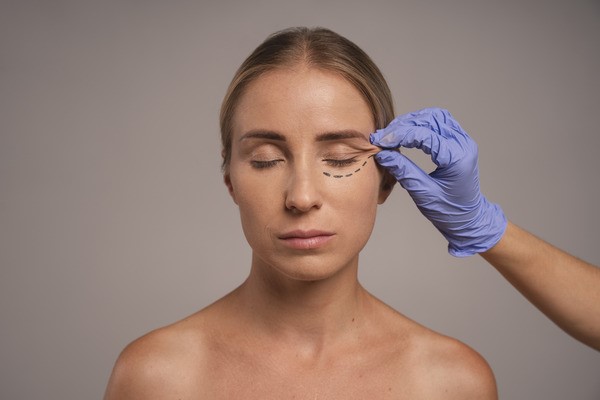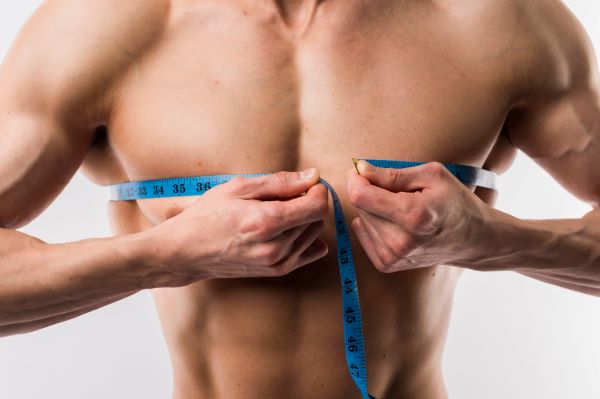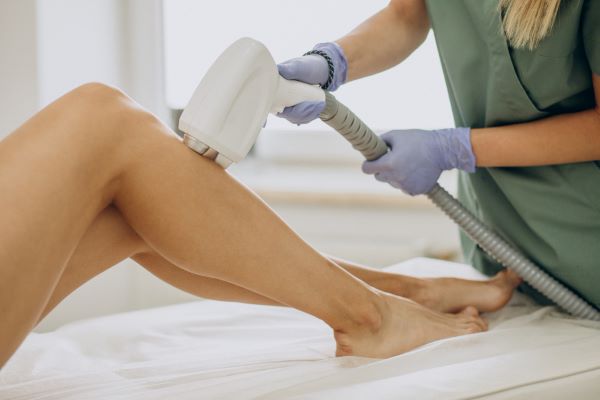
Eyelid Bag Surgery FAQs: 6 Common Questions Answered For, 2024
What if you get a full night's sleep yet your under-eye bags appear as if you haven't slept in days? Even when you're feeling fine? Eyelid Bag Surgery is a common solution to address puffiness and dark circles that make you appear tired, ill, or older.
Surgeons typically conduct the operation to reduce the visibility of puffiness, dark circles, and wrinkles beneath the eyes.
First, you should schedule a consultation with the plastic surgeon before opting to proceed with this procedure. You will gain valuable insights from this meeting if you ask a lot of questions.
Here Are Some Important Questions To Ask Your Eyelid Surgeon Before Proceeding With Surgical Operations.
1. Do I meet The Criteria For Eyelid Bag Surgery?
Learning out if this eyelid bag surgery is the best procedure for you can be done with the assistance of a licensed plastic surgeon. For the most part, patients find this technique to be minimally invasive and safe. To be eligible, though, a few requirements must be fulfilled.
- Possess general bodily well-being
- Want to get rid of extra skin and fat around the eyes
- Desire to reduce bags under the eyes, dark circles, and other indications of ageing
- Don't smoke.
- Set attainable objectives for the surgical treatment.
2. Which Kinds Of Eyelid Bag Surgery Are There?
Three primary categories exist for eyelid bag surgery:
- Lower Eyelid Surgery: This procedure is typically for those who want to smooth out wrinkles and remove bags under the eyes to provide the look of more youthful skin.
- Double Eyelid Surgery: This procedure creates the appearance of a "double" eyelid by indenting the upper eyelid, and it is particularly popular among East and Southeast Asians.
- Upper Eyelid Surgery: Often desired by the elderly, this operation corrects drooping or inverted upper eyelids brought on by ageing, restoring functioning and improving everyday duties like reading and driving.
3. How Long Does The Process Take?
The exact kind and intricacy of the surgery, which can vary for every patient, can affect how long the process takes. The process usually takes between one and three hours to finish.
The doctor may occasionally carry out the procedure in phases, requiring several steps or sessions.
4. What Makes Eyelid Bag Surgery Procedures Unique?
Getting rid of eye bags brought on by extra volume under the eyes is the major goal of a surgeon's lower blepharoplasty treatment. In this procedure, the following are the usual steps:
- Local or general anaesthesia may be applied by the surgeon to induce sleepiness throughout the eyelid bag surgery.
- Surgeons usually make a cut inside the lower eyelid or just below the lower lashes.
- To seal the incision, apply glue or stitches. A week after the treatment, the doctor usually takes out the stitches.
- As the treatment takes action, its effects will become more noticeable.
To avoid any microbiological exposure, the incisions and stitches are completely sterilised using either pure ethanol or an antiseptic solution after the treatment. Bandages cover the eyelids to offer protection.
In certain instances, a sophisticated method called "laser resurfacing" is being employed. With this technique, superfluous skin is removed by making almost invisible incisions with a laser, giving the skin a more equal tone and consistent appearance.
Compared to more conventional techniques, this strategy is thought to be "minimally" invasive because it causes less tissue disruption and speeds up recovery.
5. What Adverse Effects Might Eyelid Bag Surgery Have?
Like other surgical treatments, it is not without dangers. Eyelid surgery frequently involves the risk of a poor anaesthetic reaction, infection, significant bleeding, or blood clots. Even though these side effects are infrequent, the following dangers are likely to occur after your eyelid surgery:
- Inflamed or dry eyes
- Problems with the eyelids, such as difficulty closing them entirely
- Visible scars or a shift from the normal skin tone
- Damage to the eye muscles.
- Blurry vision briefly
Low-Risk Procedure: Surgeons typically regard surgery involving eyelid bags as low-risk.
Rare Minor concerns: Blood clots and infections are rare but possible concerns. After the procedure, routine follow-up visits with the doctor are usually not necessary.
6. How Long Does It Generally Take To Completely Recover From The Procedure?
In general, the recuperation period lasts between 1 and 2 months, though one can resume daily activities following the 10- to 14-day post-surgical incubation period.
The recuperation period following the treatment varies depending on the individual. The patient's natural healing ability, along with the nature and degree of the surgery, impacts the outcome.
Concluding Remarks: In 2024, Rejuvenate Your Eyes
A great way to address sagging eyelids and under-eye bags is with eyelid bag surgery, which will make you look younger. Whether you want to minimise puffiness or rectify vision impairment caused by sagging skin, this technique provides a customised answer to your specific demands.
For additional personalised advice and consultation, call the Kaayakalp specialist team now.








